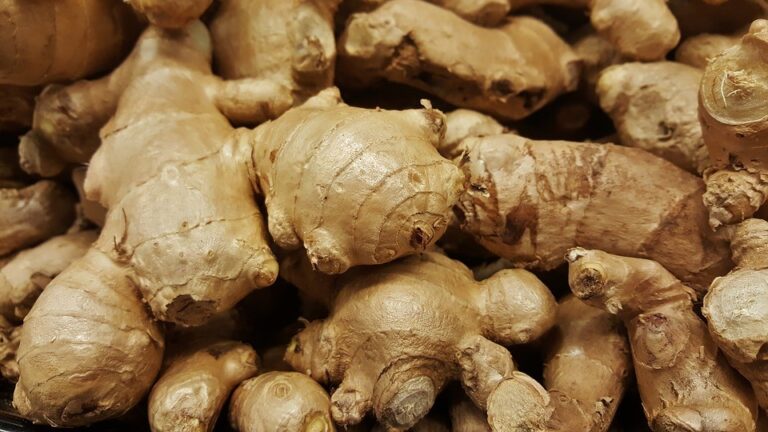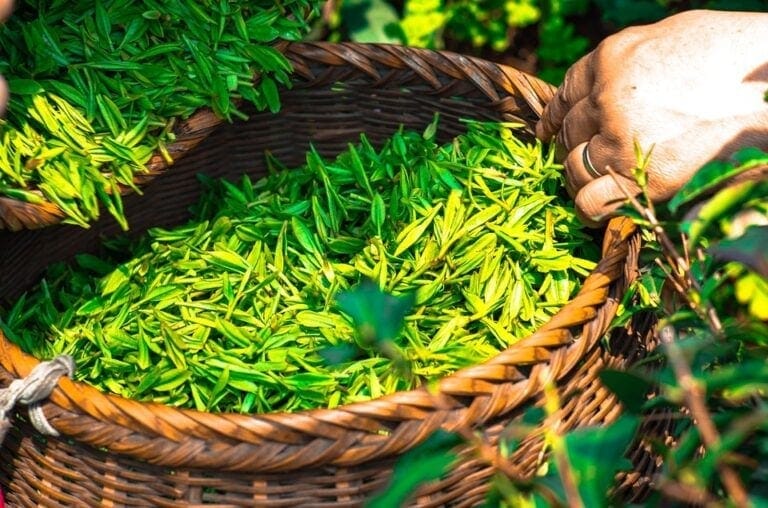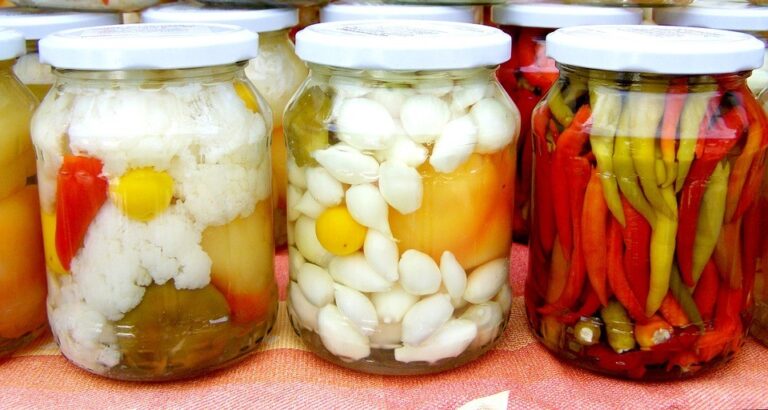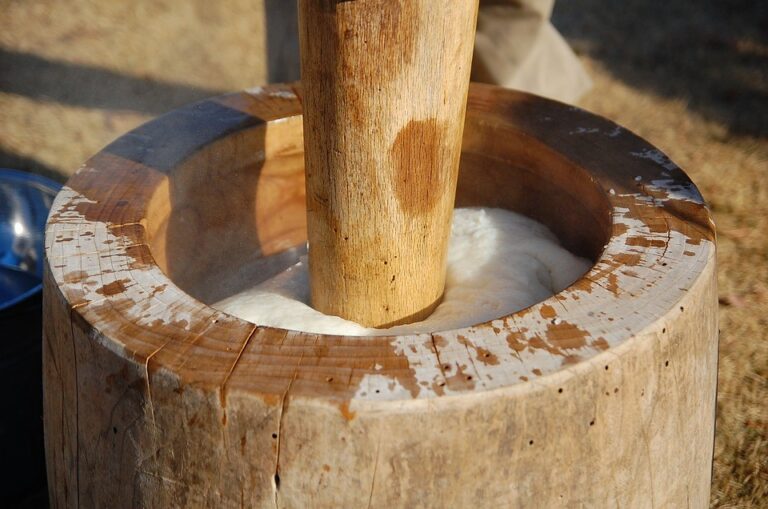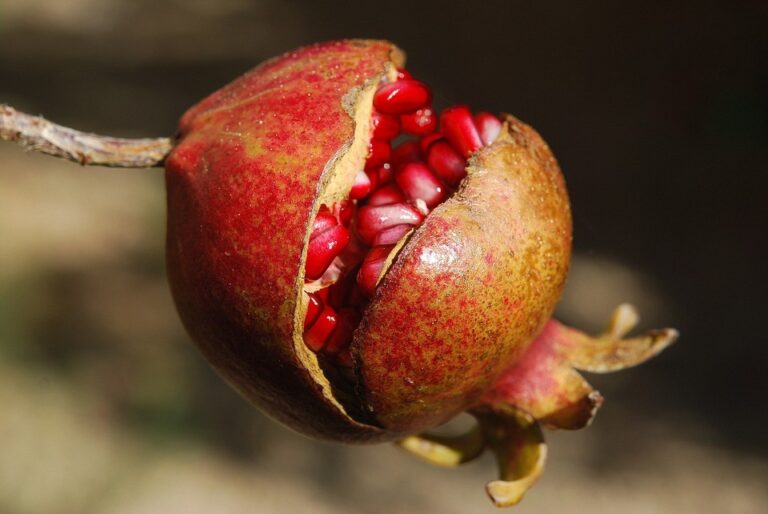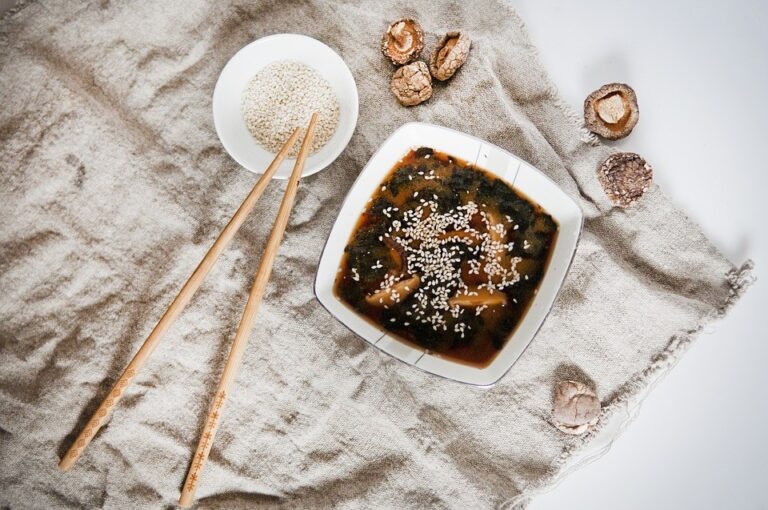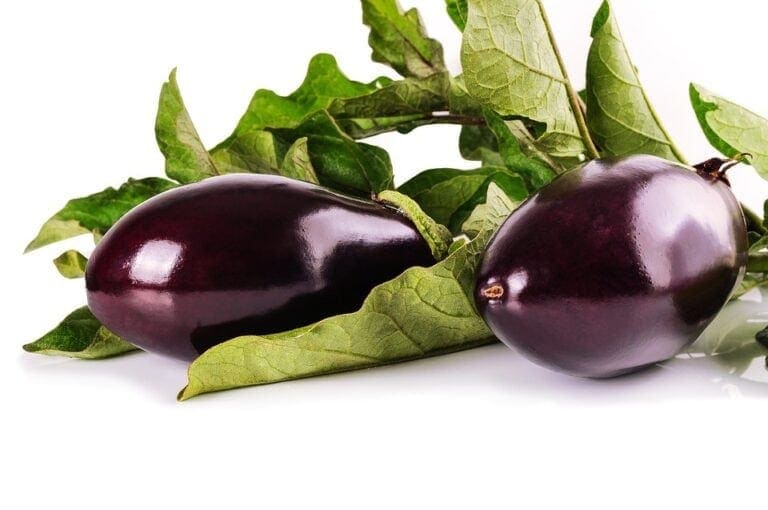
Nightshade or night damage plants?
Tobacco, angel’s trumpet and thorn apple – the Solanaceae family of nightshades comprises more than 2800 species, which are characterized primarily by their natural poison content. In addition to these inedible and highly toxic representatives, some of our common vegetables also belong to this plant family. What are the best

